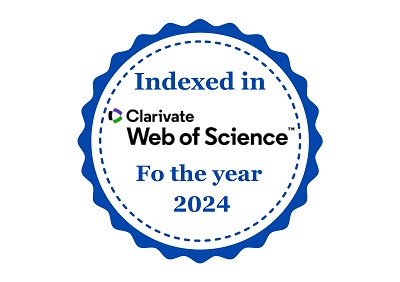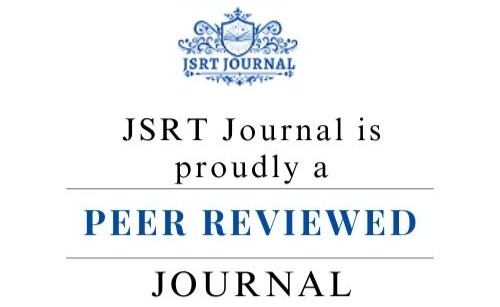Ultrasonic Assisted Biodiesel Production From Waste Cooking Oil And Study Of Performance Characteristics In A Single Cylinder Diesel Engine
DOI:
https://doi.org/10.5281/zenodo.8361383Keywords:
Biodiesel, Ultrasonic technology, Transesterification, Photographic washing, Waste cooking oilAbstract
The rapid expansion of both human settlements and the spaces they occupy is largely attributable to the widespread availability and widespread use of automobiles, industrial machinery, and other forms of cutting-edge technology. Which result from our use of the abundant fossil fuels found in the Earth's crust. As the price of crude oil continues to rise in response to rising global demand, several governments are exploring alternate fuel sources. Use of crude oil byproducts like motor spirit and high-speed diesel has a negative impact on the environment, which is only one of many reasons why governments are searching for cleaner energy sources. Many experts are now investigating the potential of biodiesel as a best alternative to high-speed diesel in order to conserve our planet for future generations, who must be free from earth exploitation for crude oil. For my project, I used ultrasonic methods to refine used cooking oil into biodiesel. Many eateries have leftover cooking oil that they discard after use. Oils like palm oil and coconut oil are the mainstays of the culinary world. In order to make biodiesel, we are utilizing palm oil in our project experiment. In addition to the photographic washing procedure, we are also considering the transesterification method.











